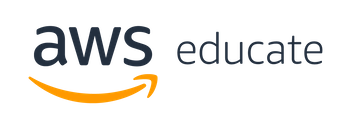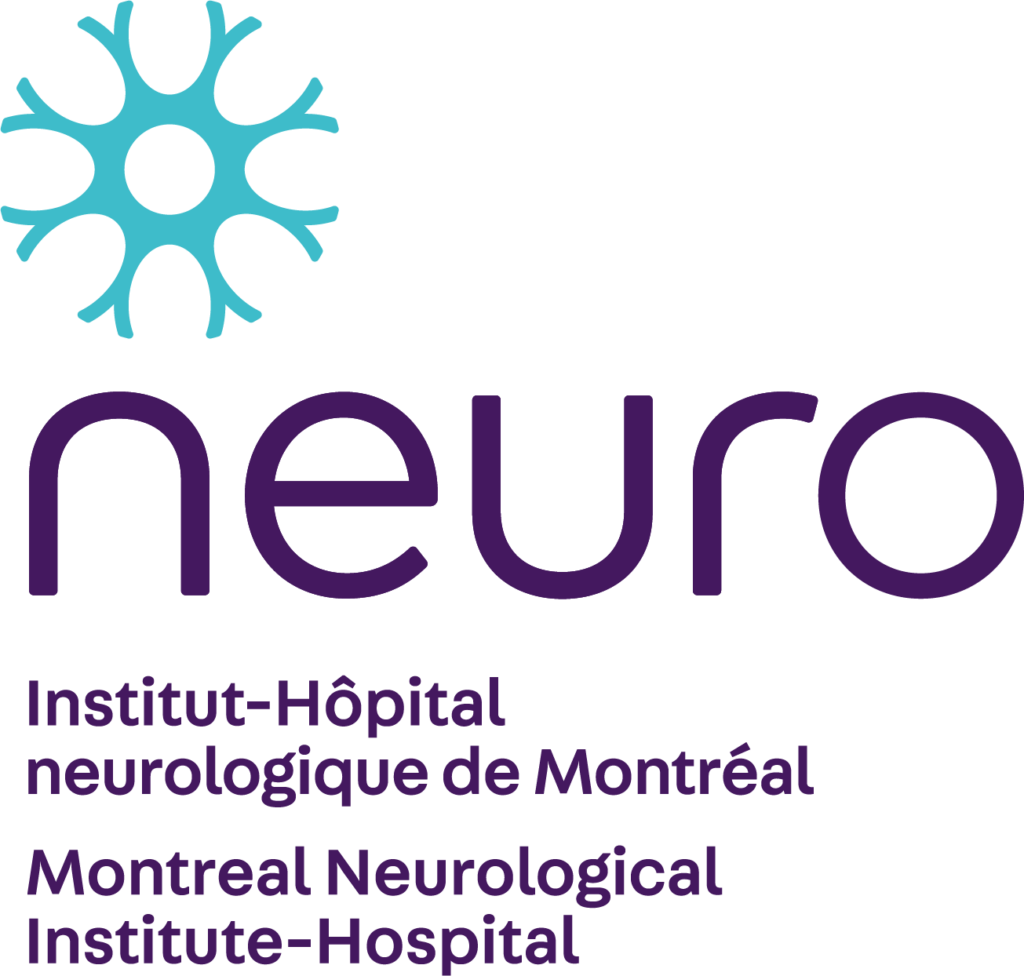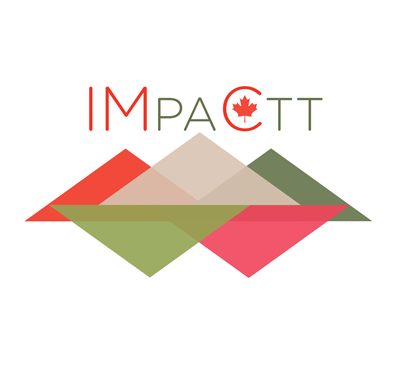The CBW has developed a 2.5-day course covering the bioinformatics concepts and tools available for interpreting a gene list using pathway and network information. The workshop focuses on the principles and concepts required for analyzing and conducting pathway and network analysis on a gene list from any organism, although focus will be on human and model eukaryotic organisms.
Participants will gain practical experience and skills to be able to:
- Get more information about a gene list;
- Discover what pathways are enriched in a gene list (and use it for hypothesis generation);
- Find out how a set of genes is connected by e.g. protein interactions and identify pathways, systems and modules within this network;
- Predict gene function and extend a gene list;
- Identify master regulators, such as transcription factors, active in the experiment.
We will develop a unified analysis flow chart throughout the course that students will be able to follow after the workshop to conduct their own analysis.
This workshop is intended for biologists working with ‘Omics data’ (e.g. gene expression, protein expression, molecular interactions, large-scale genetic screens and other omics data) from human and model eukaryotic organisms who are interested in interpreting large gene lists resulting from their experiments. Concepts will be applicable to omics data from non-model and non-eukaryotic organisms, but not all software and demonstrations will cover them. The workshop does not cover preprocessing of the ‘Omics data’ (e.g. normalization, differential expression analysis).
You will also require your own laptop computer. Minimum requirements: 1024×768 screen resolution, 1.5GHz CPU, 8GB RAM, 10GB free disk space, recent versions of Windows, Mac OS X or Linux (Most computers purchased in the past 3-4 years likely meet these requirements).If you do not have access to your own computer, you may loan one from the CBW. Please contact support@bioinformatics.ca for more information.
This workshop requires participants to complete pre-workshop tasks and readings.
Module 1: Introduction to pathway and network analysis (Gary Bader)
- Where gene lists come from and what they are useful for
- Pathway and network analysis overview
- Workflow of concepts and tools from gene list to pathway analysis
- Examples of multiple paths through the workflow that will be covered in the workshop
- Sources of pathway and network information: GO biological process, network databases, pathway databases. Examples of pros and cons of each type of information.
- General issues: gene identifiers, data normalization
Module 2: Finding over-represented pathways in gene lists (Veronique Voisin)
- Statistics for detecting over-representation e.g. hypergeometric test, GSEA
- Multiple testing correction: Bonferroni, Benjamini-Hochberg FDR
- Filtering Gene Ontology e.g. using evidence codes
Lab Practical Performing over-representation analysis (covers many model organisms):
- Workflow of tools and steps
- g:Profiler tool for over-representation analysis
- Gene Set Enrichment Analysis (GSEA) and Enrichment Maps software tool
- Running gene enrichment tools on your gene list
Module 3: Network visualization and analysis with Cytoscape (Ruth Isserlin)
- Introduction to Cytoscape
- Cytoscape demo
- ab Practical: Tutorials on Cytoscape:
- EnrichmentMap
- AutoAnnotate
- Layouts
- Labels
Module 4: More Depth on Pathway and Network Analysis (Robin Haw)
- Basic network concepts
- Types of pathway and network information
- Network and pathway databases
- More examples of pathway and network analysis methods
- Reactome analysis tools: network clustering and paradigm
Lab Practical Reactome (for human data only):
- Workflow of tools and steps
- Reactome FIViz Cytoscape app
Module 5: Regulatory Network Analysis (Michael Hoffman)
- Overview of transcription and transcriptional regulation
- Data sources for regulatory data – ChIP-seq, DNAse-seq, methylation data
- Using epigenomics data
- Finding transcription factor binding sites
Lab Practical Reactome (for human data only):
- Analysis of Enriched Transcription Factor Motifs with iRegulon (covers human and mouse) , EnrichR (covers 6 model organisms), and GREAT (covers human and mouse).
Module 6: Gene Function Prediction (Veronique Voisin)
- Functional association networks and gene function prediction
- Functional relationships, similarity space
- Guilt-by-association concept
- GeneMANIA and STRING tools
Lab Practical GeneMANIA (covers 10 model organisms):
- Workflow of tools and steps
- Using GeneMANIA to assess gene and gene list function
Review of the tools in an integrated workflow. Part 1. (Veronique Voisin and Ruth Isserlin)
- Familiarize yourself with g:Profiler, GSEA , EnrichmentMap in a workflow. Review Cytoscape basic tools like playing with styles, creating subnetworks. Review ReactomeFIVIz and GeneMANIA using a given gene list..
Review of the tools in an integrated workflow. Part 2. (Ruth Isserlin and Veronique Voisin)
- Option 1. Use the tools reviewed in this workshop with your own gene list.
- Option 2. For R users – integrate the enrichment map pipeline directly into your current R pipelines. Learn how to communicate with Cytoscape directly from R using the bioconductor package RCy3. Create, manipulate and modify networks automatically
Duration: 3 days
Start: May 10, 2021
End: May 12, 2021
Status: Registration Closed
Workshop Ended

Canadian Bioinformatics Workshops promotes open access. Past workshop content is available under a Creative Commons License.
Posted on:





